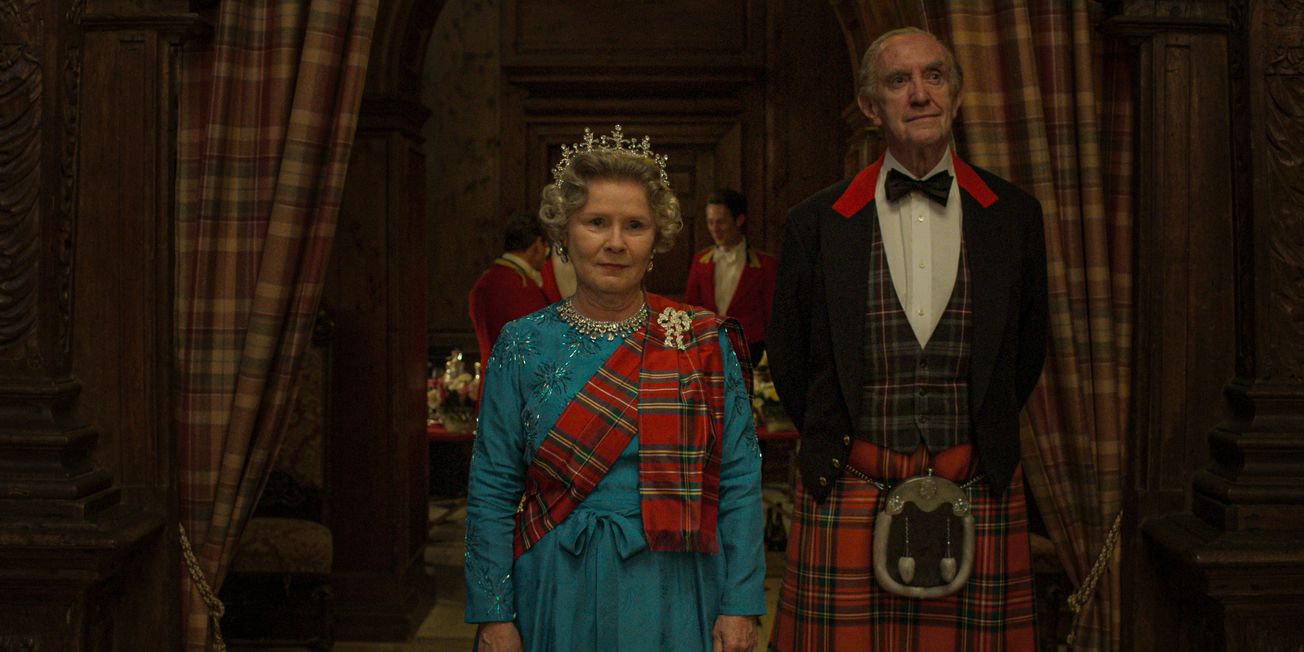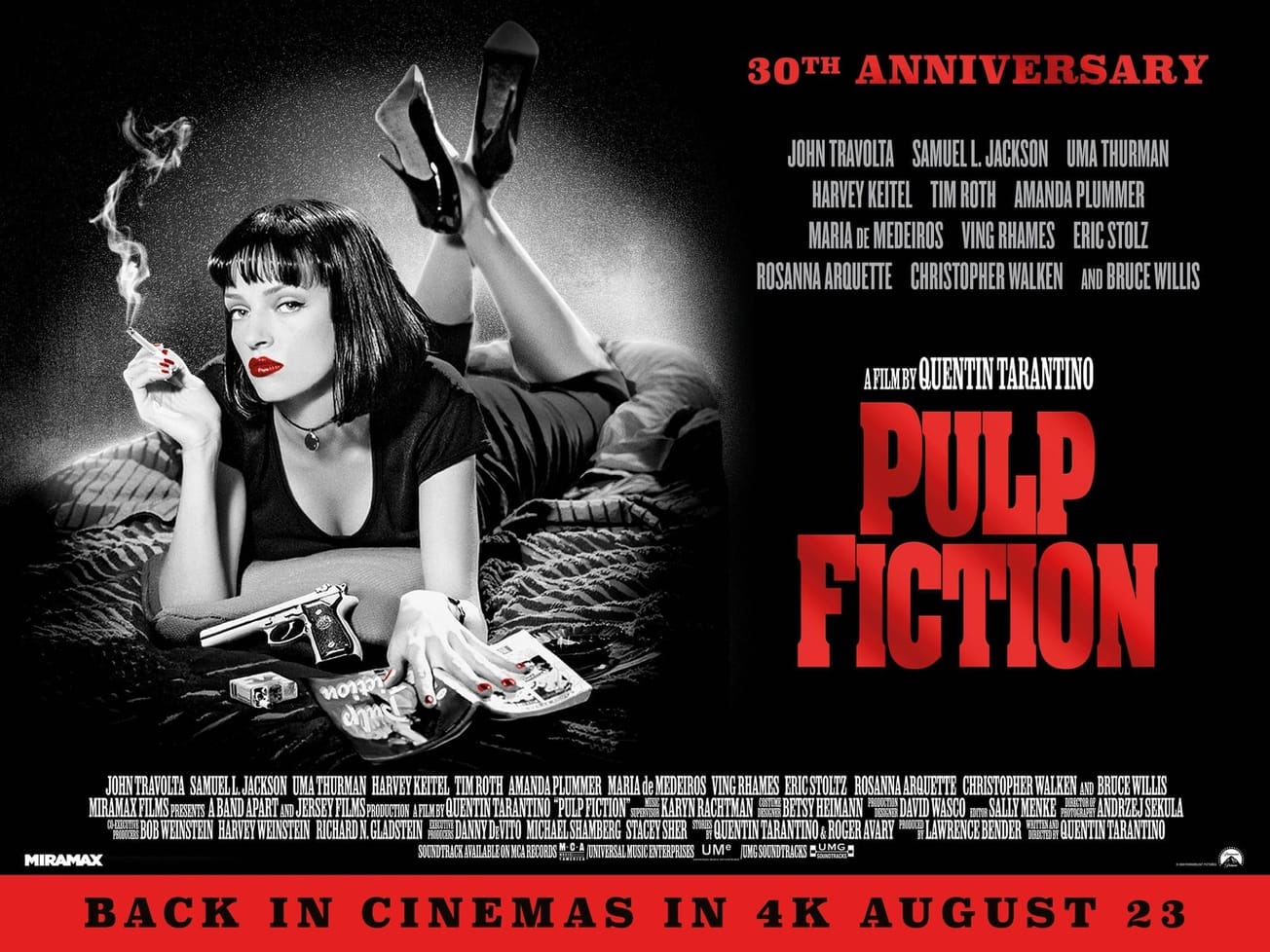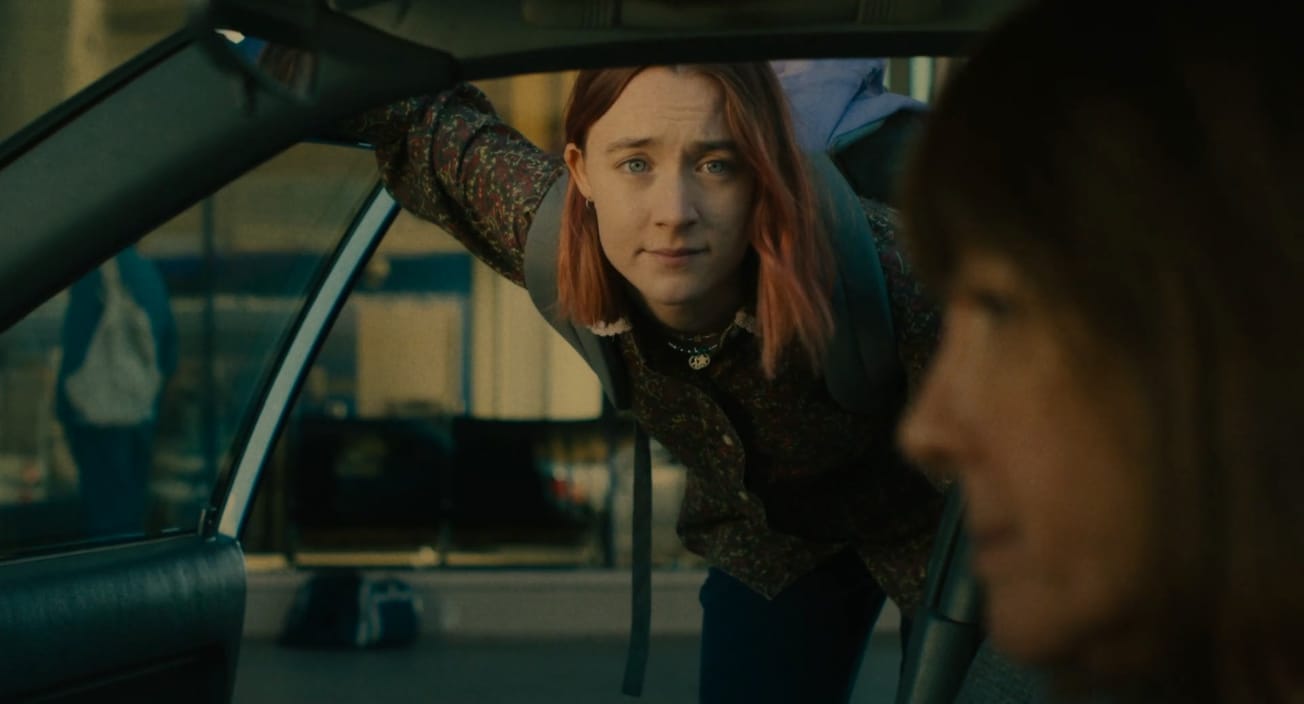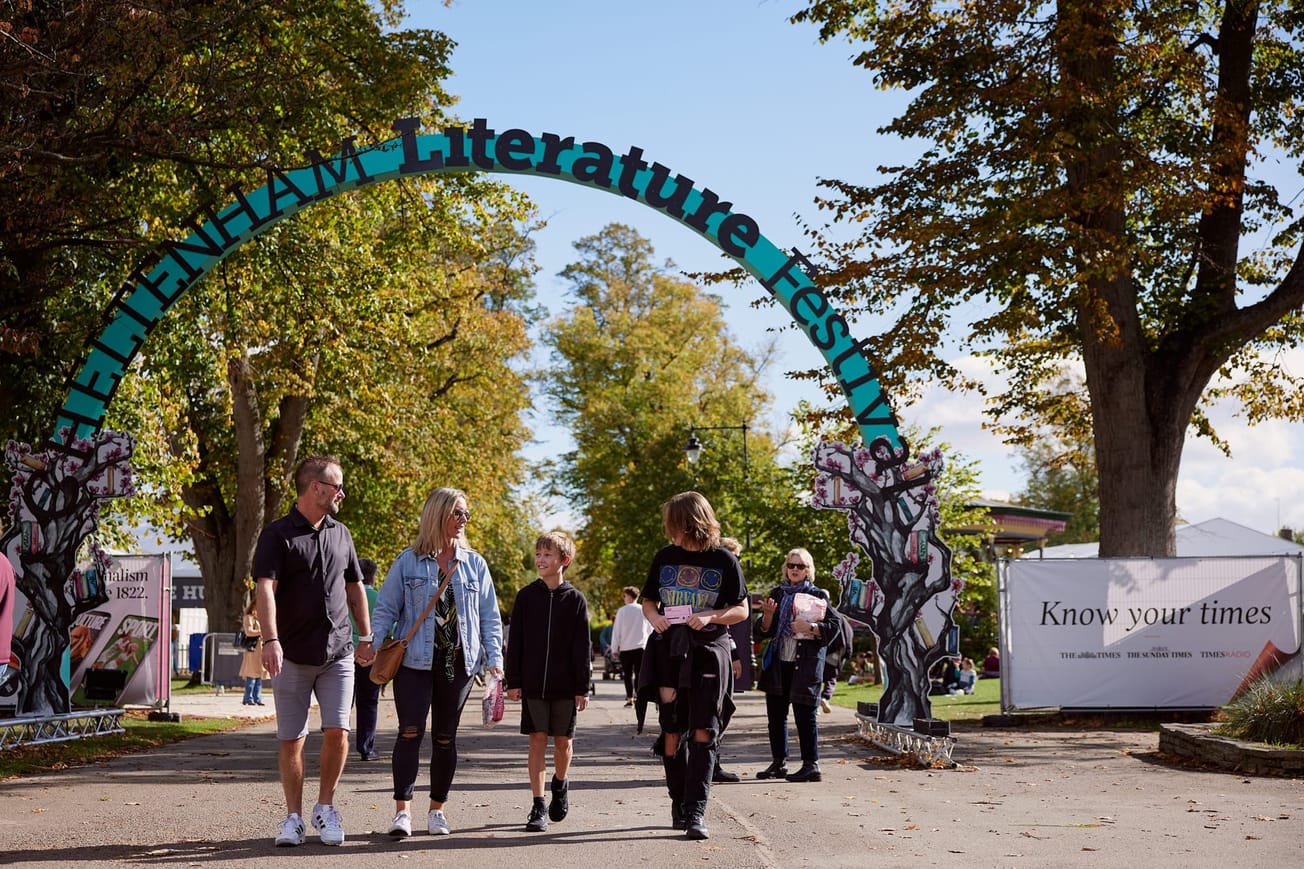By Amelia Jacob, Film & TV Digital Editor
The Crown’s fifth season was always going to fuel intrigue. In the light of Queen Elizabeth’s death earlier this year, creator Peter Morgan must have had some concerns about the reception of the show’s latest ten episodes.
In the wake of a divided explosion of intense patriotism from some and necessary conversations about the ongoing legacy of colonialism from many others, The Crown (2016-) is viewed in a more critical light than ever, as it continues to navigate the difficulties of representing the royal family onscreen. Unfortunately, it appears to have stumbled at the penultimate hurdle.
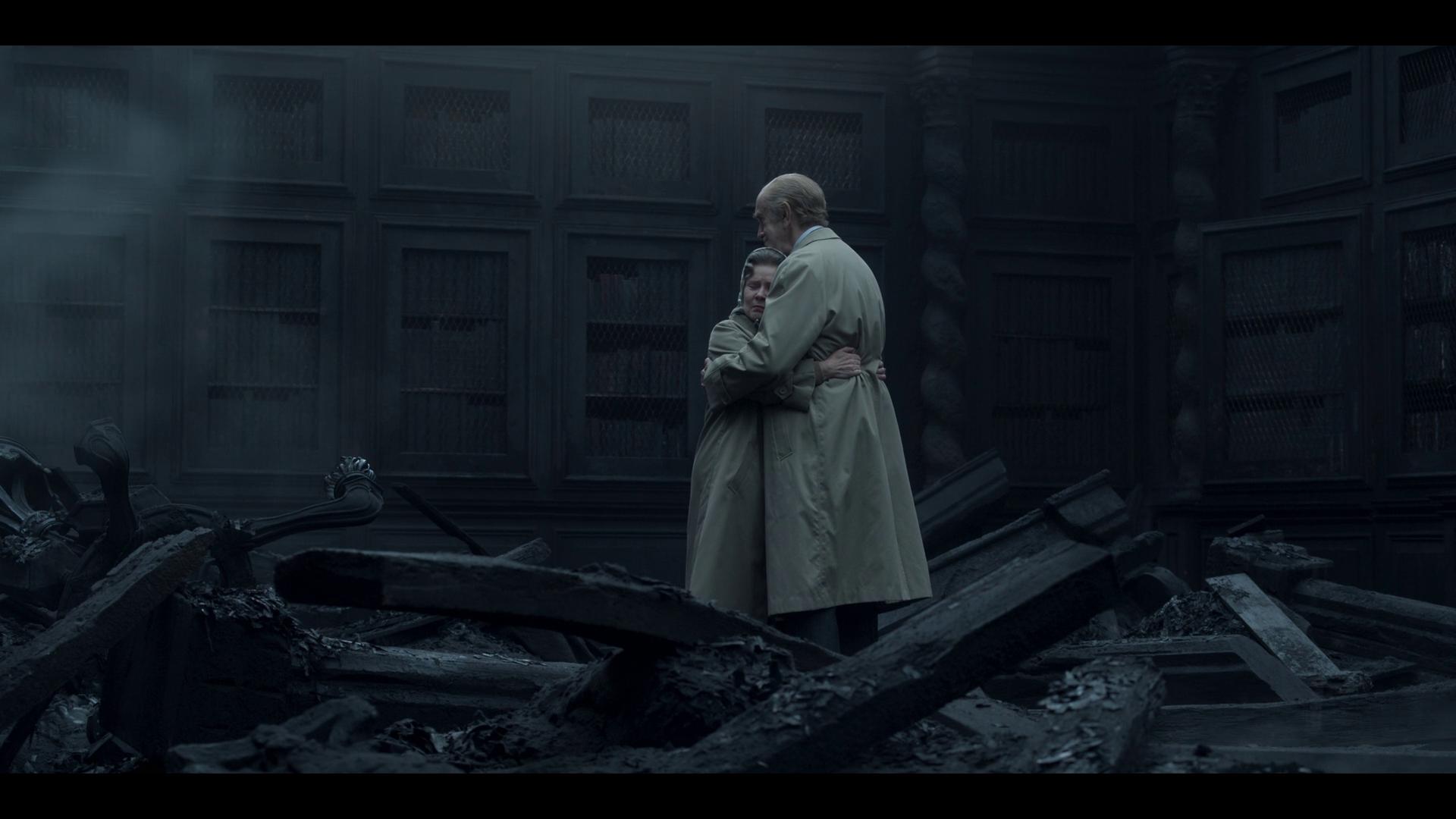
The Crown has always balanced very carefully on a fine line between being a love letter to the traditions of a bygone era, and a realistic account of the seedier, immoral consequences of hierarchical power. Previous seasons found it far easier to characterise the Queen sympathetically, portraying her as a woman unexpectedly thrust into power and the history books, compelled to act with duty and bearing huge responsibility on her shoulders.
Yet by the time we reach the 1990s, the Queen is in trouble, and Morgan struggles to align the viewer’s sympathies with her plight. This is for various reasons, but mainly because the further The Crown pushes its narrative into the present, the harder it is for the show to sell the Queen’s relevance. It is also very hard to discern as a viewer if this is, indeed, Morgan’s intent as creator.
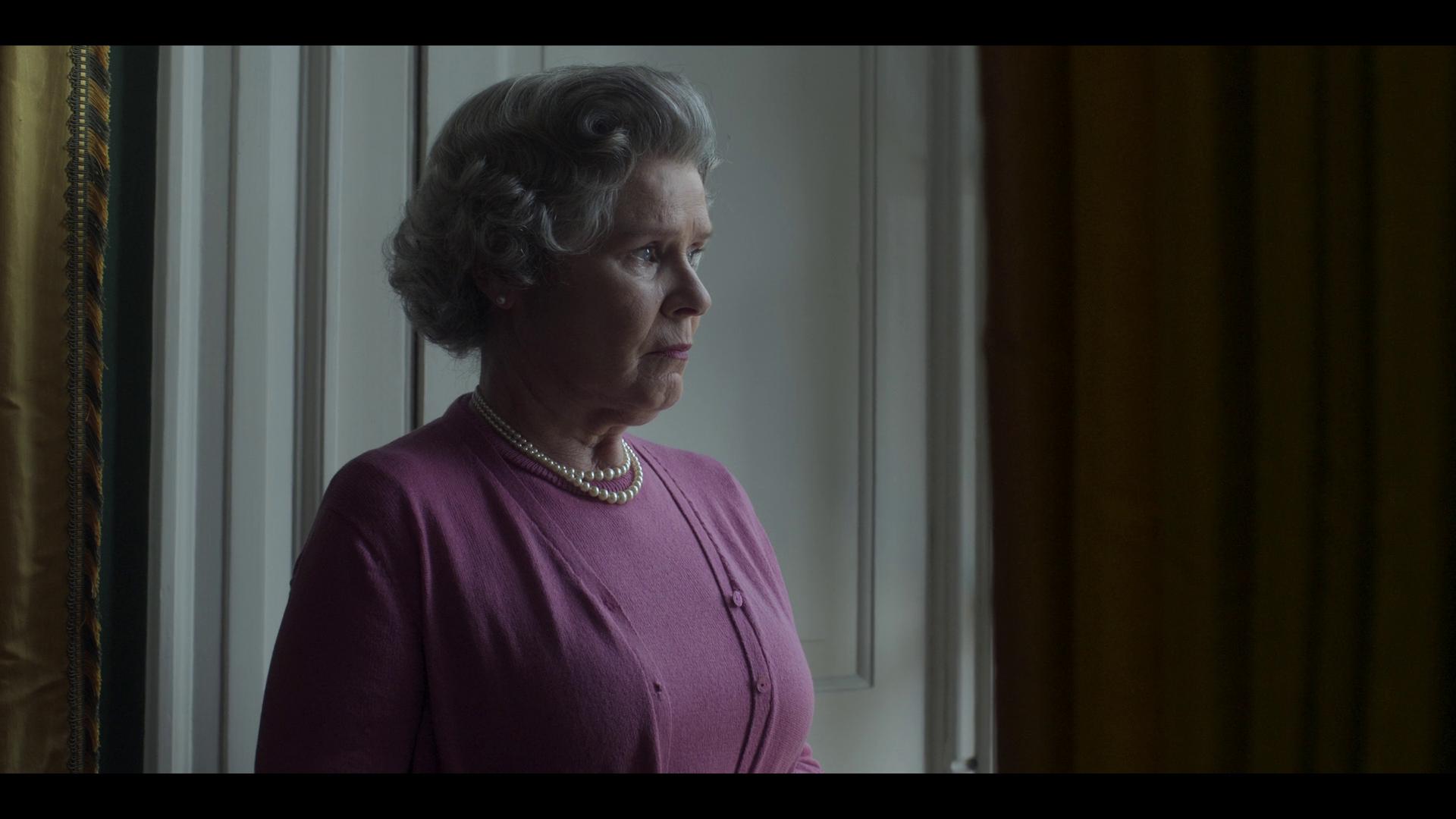
Up until now, The Crown has retained a notable respect for the Queen, despite nods elsewhere to contemporary issues such as Prince Andrew’s unsavoury friendship with Jeffrey Epstein and the subsequent allegations made against him, and several references to the royal family’s ignorance of the history and customs of the Commonwealth.
Yet Imelda Staunton’s characterisation of the Queen is almost petulant. Whilst it is refreshing to see a flawed portrayal, it seems a bizarre choice tonally given what we’ve seen previously.
In the opening episode, ‘The Queen Victoria Problem’, the HMS Britannia is set up as a heavy-handed metaphor for the Queen’s obsolescence in the modern world. Alliances and motivations are also established: Prince Charles (Dominic West) is unhappy with the restrictions of his position, Princess Margaret (Lesley Manville) briefly considers her lost loves and Princess Diana (Elizabeth Debicki) is always “terribly unhappy”, telling everyone left right and centre that her marriage is a complete sham.
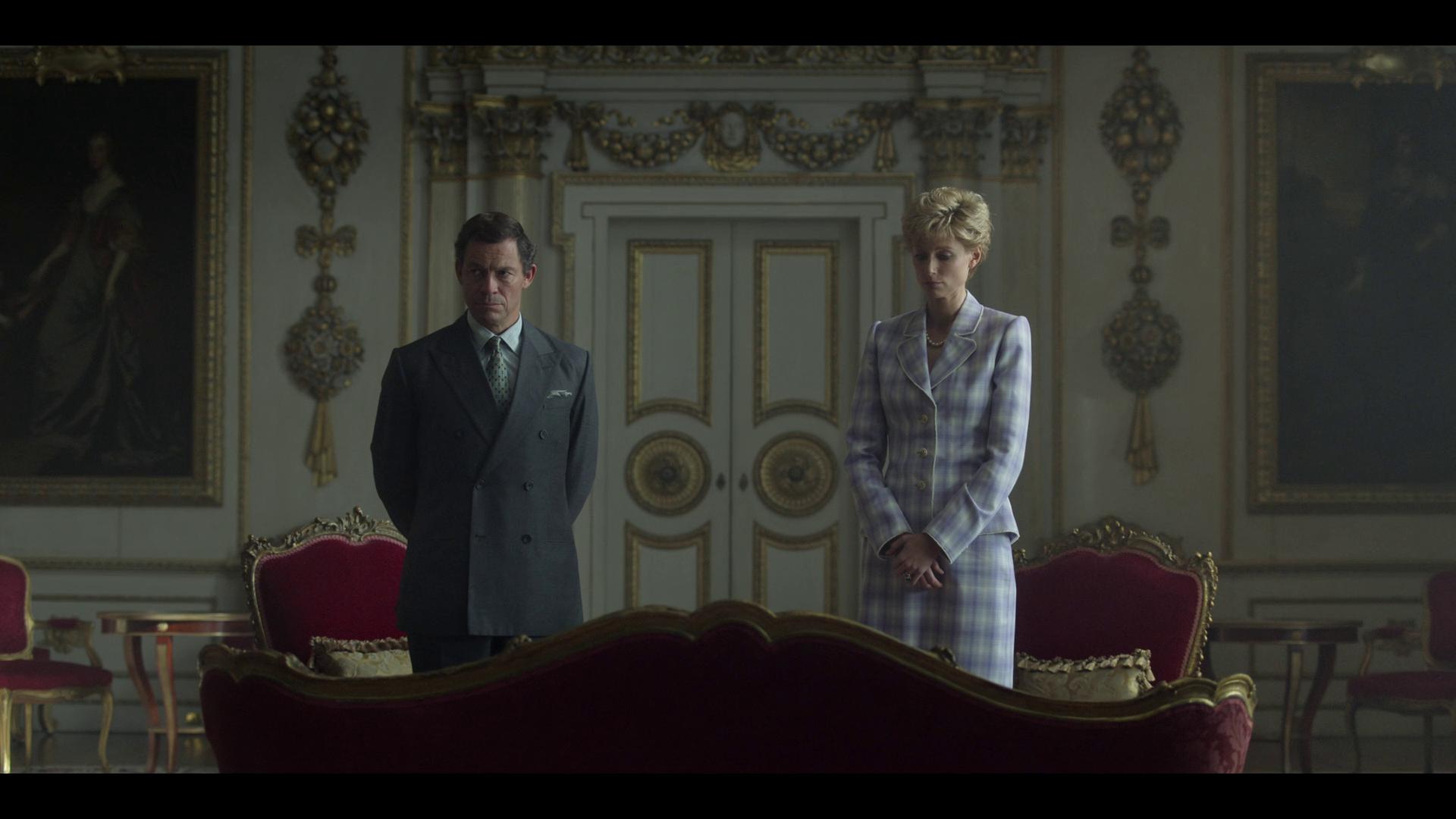
At times, it feels like watching The Windsors (2016-2020), especially when Princess Anne (Claudia Harrison) replete with a stiff brown updo and even stiffer upper lip briskly tells the Queen to come along, because “at our age the weight doesn’t stay off by itself!’.
Several celebrities have come out of the woodwork to discredit the storyline of The Crown this season (yes, I’m looking at you Judi Dench). However, the most worthwhile parts of The Crown this season are these criticised moments that expose the hypocrisy and ignorance at the heart of the institution, and the way these can co-exist with grandeur and idealism.
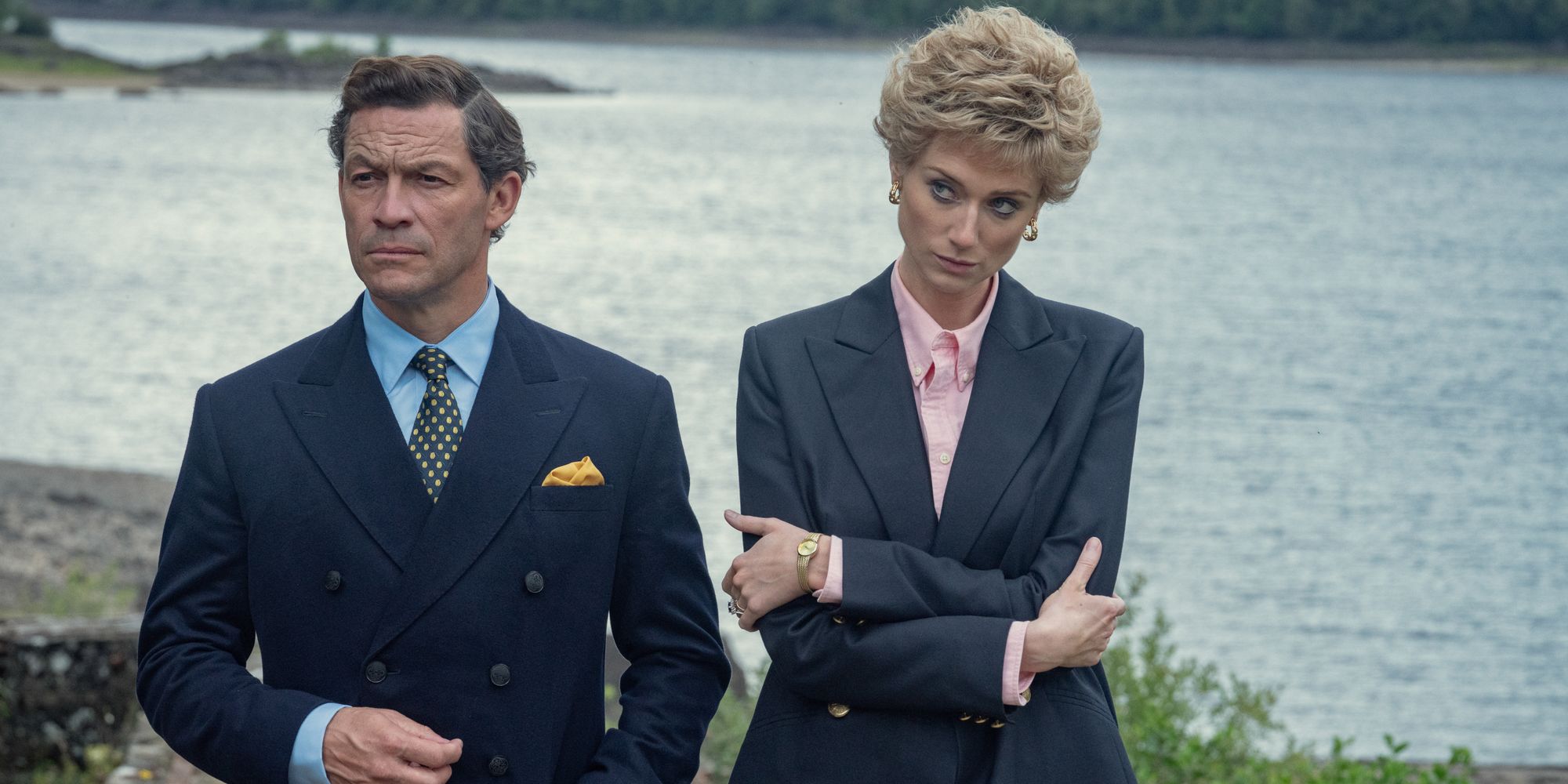
An example is the third episode, ‘Mou Mou’, which charts the rise of Mohammed Al-Fayed (Salim Daw), the eccentric and stubbornly aspirational business owner whose son Princess Diana is alongside when she dies in a car accident in Paris.
The Crown has always been at its best when it charts the difficult waters of what it means to be British, and what it means to have British values. Al-Fayed’s episode also exposes the immense budget bestowed on the show by Netflix, and it doesn’t go to waste. Each shot is carefully measured, with lush recreations of the royal residences and their opulent wardrobes.
The episode also sensitively depicts two men of colour attempting to infiltrate a society that thrives off casual racism and exclusivity. The pain of the shrugged shoulders, being pushed to one side, or ignored, are all expertly orchestrated by Morgan and make for upsetting viewing.
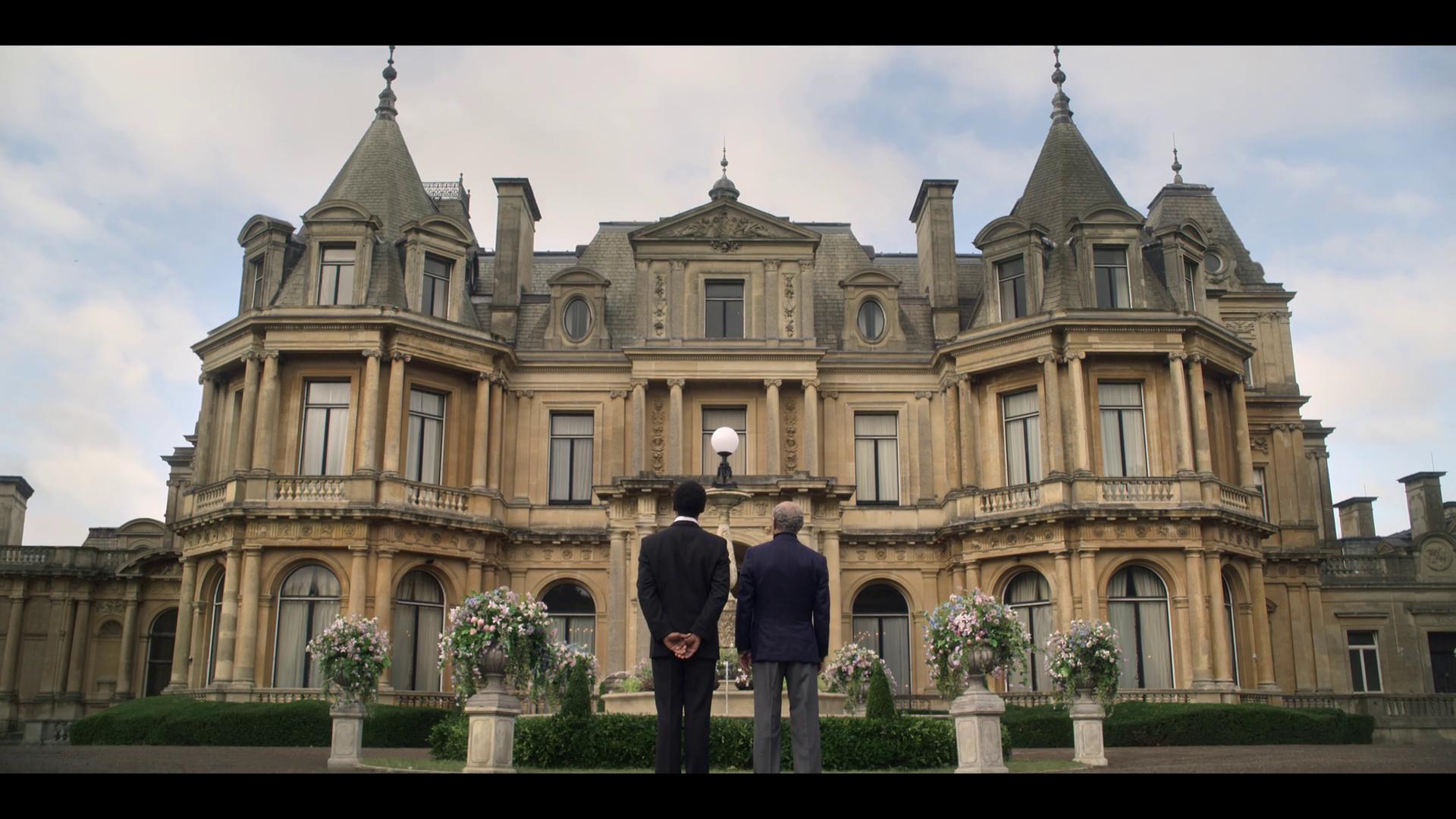
Whilst this episode is not necessarily relevant to the overarching storyline, it is clearly one of the most interesting of the season. Does this say enough about where The Crown is going?
‘Even the televisions are metaphors in this place’: the Queen remarks at the start of ‘Gunpowder’, the eighth episode. Morgan doesn’t quite successfully pull off all the metaphors he’s attempted to litter across the season, leaving episodes that are visual perfection, but lacking in resonance and cohesion. I can only hope he is able to iron out these issues by the time the final season comes out next year.
Featured Image: by Netflix, courtesy of IMDB
Did series 5 of The Crown live up to your expectations?

